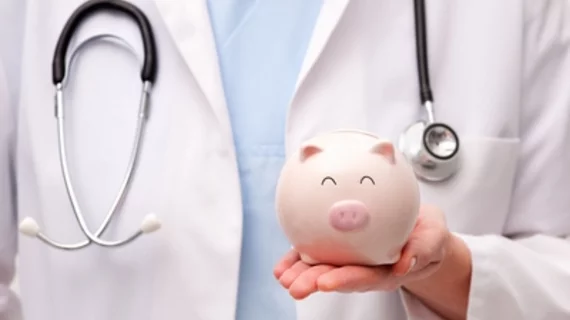Healthcare spending up 5.2% in June 2018 from previous year
National health spending rose 5.2 percent to $3.66 trillion in June 2018 from the previous year, according to a new insights report from Alarum.
June’s health spending accounted for 17.9 percent of U.S. GDP, which grew 4.9 percent over the 12-month period. Healthcare spending is expected to reach 20 percent of GDP over the next several years. For the first six months of 2018, national health spending rose 4.9 percent, year over year.
Altarum is a nonprofit health systems research and consulting firm based in Ann Arbor, Michigan.
The spending increase is on par with the past couple years, with spending steadily trending up since the start of the recession. From December 2007 through June 2018, real health spending has increase 31.4 percent. Real GDP without healthcare, by comparison, is up 14.4 percent from is December 2007 low. With healthcare included, GDP in June 2018 was 17.1 percent above its pre-recession level, according to Altarum.
Overall, annualized national health spending for the first five months of 2018 was slightly higher than originally estimated, at 0.67 percent. Hospital care, which represents 32 percent of national health spending, is largely responsible for the uptick. Hospital care is 2.04 percent higher, year to date, than previously estimate, reaching $1.17 trillion.
Behind hospital care, physician and clinical services make up 20 percent of healthcare spending, at $733 billion. Prescription drugs made up 10 percent of spending, at $355 billion, while nursing home care was 5 percent, dental services was 4 percent and home healthcare was 3 percent. Personal healthcare goods and services accounted for 85 percent of total health spending. The remaining 15 percent included public health, research, construction and net cost of private insurance.
Over the 12-month period, dental services grew the most rapidly among all major care categories, by 7.7 percent. Dental services overtook home health care as the leader in growth, as it jumped 5.9 percent in spending for the preceding 12-month period ending June 2017. Prescription drug expenditures grew just 3 percent as of June 2018 from the previous year.

